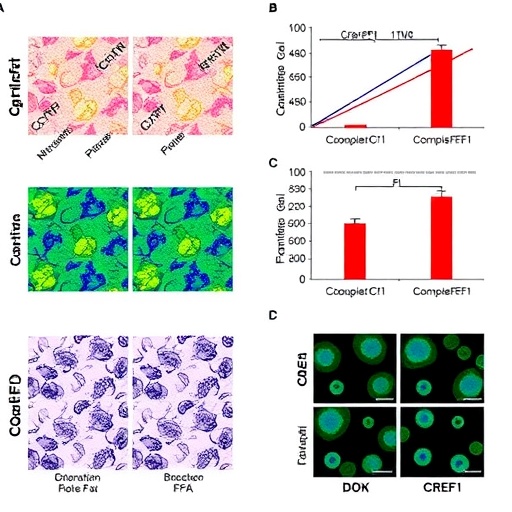A collaborative study between the American Cancer Society and the National Cancer Institute finds rates of lung cancer, historically higher among men than women, have flipped among whites and Hispanics born since the mid-1960s. The authors of the study, which appears in the New England Journal of Medicine, say future research is needed to identify reasons for the trend, as the change is not fully explained by smoking patterns.
Lung cancer causes more preventable deaths than any other cancer in the United States, and cigarette smoking contributes to about 80% of the 154,000 total deaths from lung cancer that occur each year. Overall lung cancer incidence and mortality rates continue to be lower among women than among men, because historically women were less likely to smoke, started smoking at older ages, and smoked fewer cigarettes per day. However, smoking behaviors have become increasingly similar between men and women in the United States.
Previous reports indicated incidence rates among women and men were converging. For the current study, investigators led by Ahmedin Jemal, DVM, PhD, examined nationwide population-based incidence of lung cancer according to sex, race or ethnic group, age, year of diagnosis, and year of birth. They analyzed data from the North American Association of Central Cancer Registries (NAACCR) on all cases of invasive lung cancer (including lung and bronchus cancer) diagnosed in people ages 30 to 54 from 1995 through 2014 in 46 states and the District of Columbia.
They found over the past two decades, the age-specific incidence of lung cancer has generally decreased among both men and women 30 to 54 years of age in all races and ethnic groups, but the declines among men have been steeper. As a result, the historical patterns of higher incidence rates of lung cancer among men than among women have reversed among non-Hispanic whites and Hispanics born since the mid-1960s.
Among non-Hispanic whites, incidence rates among women surpassed those of men in nearly every age group studied: ages 30 to 34, 35 to 39, 40 to 44, and 45 to 49. For example, the female-to-male incidence rate ratios among non-Hispanic whites 40 to 44 years of age went from 12 percent lower (RR 0.88) during the 1995-1999 period to 17 percent higher (RR 1.17) during the 2010-2014 period. For other ethnicities, sex-specific incidence rates converged in non-Hispanic blacks and Asians/Pacific Islanders in all age groups, and crossed to a female predominance only among Hispanics ages 40-49.
"While prevalence of smoking among men and women has converged over the past several decades, smoking prevalence among women has still generally not exceeded that of men," said Dr. Jemal. "We do not believe sex differences in smoking behavior explain our finding of a gender crossover. For example: the crossover also occurred among Hispanics, even though smoking continues to be less common in young Hispanic women than young Hispanic men."
The authors say it is possible that differences in the types of lung cancer affecting men and women, and the reduction in risk after smoking cessation associated with these types, may have contributed to the finding of higher incidence rates among women. The authors also discuss the possibility of differences in susceptibility to the health hazards of cigarette smoking between men and women.
The authors conclude: "This finding has important implications for public health. It may foreshadow a higher future burden of overall lung cancer among women than among men as younger cohorts age, which further underscores the need to intensify antitobacco measures to decrease smoking among young women. Our finding also calls for continued monitoring of sex-specific risks of lung cancer and for etiologic studies, including studies of sex differences in smoking-related susceptibility to lung cancer, to identify reasons for the higher rates of lung cancer among young women."
###
Article: Higher Lung Cancer Incidence in Young Women than Men in the United States; N Engl J Med 2018;378:1999-2009. DOI: 10.1056/NEJMoa1715907
URL upon publication: http://www.nejm.org/doi/full/10.1056/NEJMoa1715907
Media Contact
David Sampson
[email protected]
@ACSNews
http://www.cancer.org
http://dx.doi.org/10.1056/NEJMoa1715907




